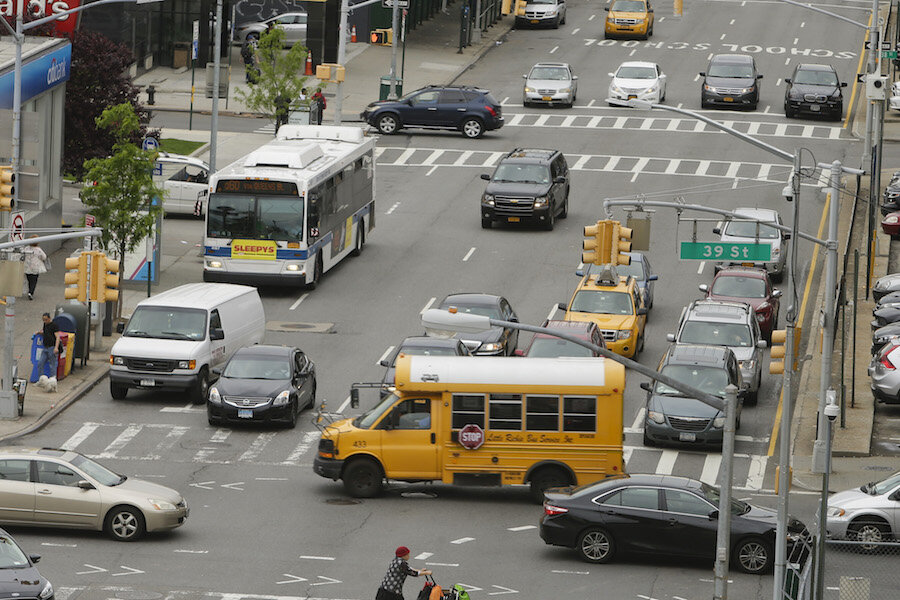Why it pays to drive in a safe city
Loading...
It pays to own a car in a safe city — around $550 a year, according to a new study.
NerdWallet analyzed nearly 200 of the most populous cities in the U.S. and ranked them by the dangers posed to drivers, including accident risks and the chances that their car would be stolen or broken into. We then compared average auto insurance rates for cities in the top and bottom 20 of the rankings. Rates were from the largest insurers in each state.
The 20 safest cities in the study had an average annual insurance premium of $1,169, compared with an average of $1,721 in the 20 most dangerous. The biggest difference was in comparing the safest city with the most dangerous. Residents of Cary, North Carolina, which was at the top of the safest cities list, can find auto insurance for an average of $729 per year. But in Detroit, the most dangerous city for drivers, the average annual premium was 642% more: $5,409.
In Cary, a city just outside of Raleigh that is part of a region known as the Research Triangle, drivers face accident risks that are lower than the national average. Residents there also have relatively low risks of experiencing auto-related crime and can take comfort in a fatal accident rate of just 1.3 per 100,000 residents, the lowest of all the cities analyzed.
Cary was followed by Boise, Idaho; Fort Collins, Colorado; Naperville, Illinois; and Santa Clarita, California, to round out the five safest cities for drivers.
What makes a city safe for drivers?
Many things go into keeping drivers safe, including education, engineering and enforcement, says Cary Police Capt. Steve Wilkins, who led traffic safety initiatives in the city for several years. Rich Romer, manager of state relations for AAA, adds laws and funding of infrastructure to that list.
Romer says cities that have implemented comprehensive safety initiatives that capture all of these components, such as a project called Vision Zero in New York City, are seeing some early positive results. Having programs like this in place can lessen the risks even when there are dangerous drivers on the road.
While most big cities were at the bottom of the rankings, New York City was rated the 34th safest out of 200.
Elizabeth Renter is a staff writer at NerdWallet, a personal finance website. Email: elizabeth@nerdwallet.com. Twitter: @ElizabethRenter.
This article appeared first in NerdWallet.





